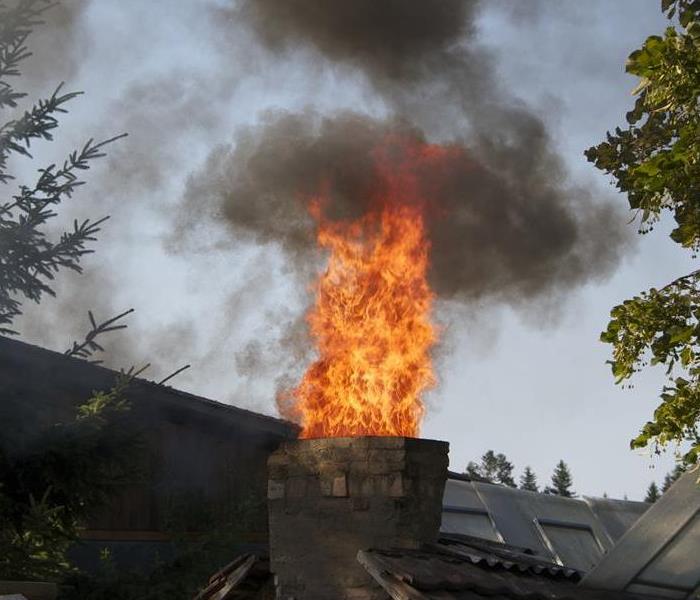The Beginner's Guide To The Different Types Of Smoke After Fire Damage
9/21/2022 (Permalink)
Did you know that smoke isn't limited to thick, black smoke? Yes, it's true- there are actually four different types of smoke you can experience after fire damage. Each type of smoke is caused by various fire damage circumstances, which is why education is vital here. Depending on the fire's temperature, fuel materials, and even location, the fire damage restoration process will be adjusted slightly for every situation. We hope to educate you today on the types of smoke after fire damage and what the odor removal/deodorization process looks like after smoke has left its mark in your West End home or business.
What Are The Four Types Of Smoke Damage, And How Can You Identify Them?
- Dry Smoke: The powdery texture from this type of smoke is usually the product of incinerated paper or wood. Because the powder is so fine, it can fall into cracks or other porous areas within your West End home or business. On the bright side, the smell from this type of smoke is not as strong as the other three types, AND it's relatively easy to clean!
- Wet Smoke: If dry smoke germinates from fast-burning fires, wet smoke usually comes from smoldering, slow-burning fires. Unfortunately, this is the smoke smell most people think of after fire damage because it's a cloud of black smoke that can overtake your property with its pungent odors.
- Fuel/Oil Residue: Also known as petroleum residue, this type of smoke damage is usually not found in residential or commercial fires unless you used petroleum products before the fire. However, a more common situation that can bring about this type of smoke is if a building's furnace were to have a small leak which is how you'll come across this sticky, dense smoke. If you suspect this is the type of smoke you're dealing with, call the professionals because fuel-generated smokes are especially difficult to clean!
- Protein Residue: Cooking fires are often the culprit behind this smoke! When organic material evaporates during a low-heat fire, you may not notice soot or even much smoke, for that matter. But don't let that fool you- this type of smoke can discolor your surfaces for good! While protein residues may not be completely visible, you'll easily be able to recognize its intense, unpleasant smell, which a professional has experience in eliminating.
What Does The Odor Removal And Deodorization Process Look Like In West End?
- Our highly trained team at SERVPRO of Belle Meade and West Nashville is certified in removing even the most pungent odors. We know that these odors can come from both inside and outside of a structure which is why we go the extra mile when carrying out our deodorization process.
- If your smoke odor is serious and persistent, spraying an air freshener won't cut it. You need expert techniques and advanced tools to eliminate your odor problem.
- Our equipment, including thermal foggers and air scrubbers, removes airborne contaminants and controls air quality during the fire damage restoration and cleanup process. If you need the experts, look no further than SERVPRO!
No matter what takeaway you took from the above information, we hope you feel more confident when going about the next steps of your fire damage restoration journey. Knowledge is power, and by distinguishing the types of smoke there are, you'll be able to explain your situation better when you speak to one of our reps over the phone. Contact us at (615) 242-9391 if you need us. We provide fire damage restoration AND cleanup services in West End! This franchise is independently owned and operated.






 24/7 Emergency Service
24/7 Emergency Service
